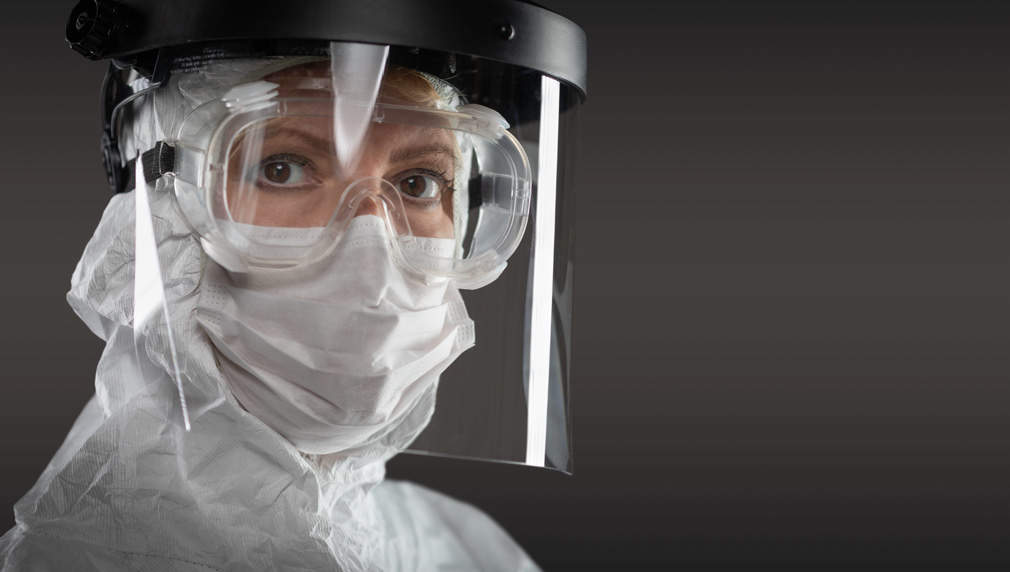America’s longest economic expansion officially came to an end on Wednesday when the Commerce Department reported first-quarter gross domestic product shrank 4.8%.
There wasn’t an economist to be found who predicted anything other than a deep dive in GDP. Still, it was stark to see how COVID-19 could fell the world’s largest economy during the final weeks of the quarter.
“The U.S. economy came to a grinding halt in March as workers were sent home and asked to stay there as the nation battled COVID-19,” Wells Fargo economists said in a report. “There is no corner of the economy that is sheltered from this public health crisis.”
The worst pandemic in more than a century has wiped out all the job gains since the Great Recession. Within the past five weeks, 26.5 million Americans filed for unemployment, according to Labor Department data. On Thursday, when the next round of initial claims data is reported, economists expect at least 3.5 million more will be added to the tally.
The GDP first-quarter report published on Thursday is the government’s first estimate of the nation’s economic health. On May 28, it will release its second estimate for the same period containing more complete data.
Look for that to be even worse, Goldman Sachs economists said.
“We continue to believe economic reality during the quarter was even worse than this,” the economists said in a report. The preliminary number is “concealing a `true’ GDP decline that we now estimate at roughly -8%.”
In the past, economic forecasts didn’t typically read like infectious disease reports, but that’s become the norm as America’s financial markets try to gauge the ongoing impact of the pandemic on GDP.
“The specific characteristics of the coronavirus – it is highly contagious and many infected people are asymptomatic – make this pandemic particularly hard to control,” a Moody’s Investors Service report said. “Strategies for the successful reopening of economies, therefore, may need to include mass testing combined with aggressive contact tracing and selective quarantining.”
The containment strategy Moody’s and many others have endorsed – testing people and tracing their contacts – is a proven method of disease control that dates back more than a century.
But, somehow, in modern America, enacting that approach on a national basis has so far proved to be elusive.
The U.S. has completed 5.8 million COVID-19 tests, covering about 1.5% of the population. On a per-capita basis, the testing pace lags Italy, Germany, Canada and five other countries.
Without widespread testing to determine the spread of the disease, Americans had to act as if everyone had it. U.S. states were forced to order residents to stay at home, closing their economies, to avoid overwhelming their hospital systems, as had happened in Italy and China.
By the time the GDP data was published on Thursday morning, 58,355 Americans had died of COVID-19 in less than three months – more than all the U.S. casualties in the Vietnam War, lasting more than a decade.
Today the U.S. ranks No. 1 in the world for COVID-19 deaths, more than double the 27,359 fatalities in the No. 2 country, Italy.






